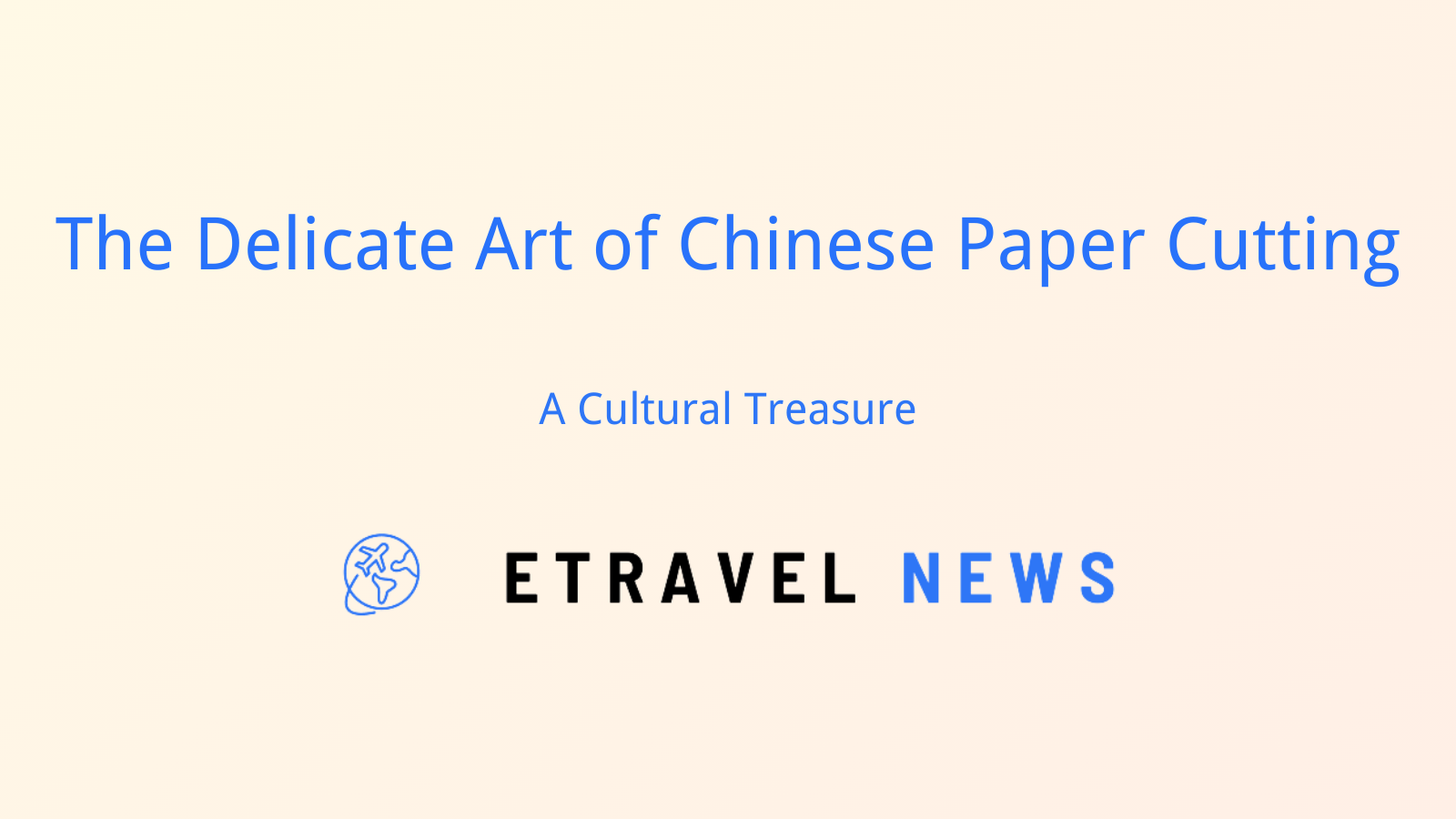Introduction to Chinese Paper Cutting
Chinese paper cutting, known as jianzhi (剪纸), is an ancient folk art that has captivated hearts for over 1,500 years. Originating during the Han Dynasty (206 BCE – 220 CE), this intricate craft has become an integral part of Chinese cultural expression.
From humble beginnings as a pastime for rural women to its current status as a UNESCO Intangible Cultural Heritage, paper cutting reflects the creativity and resourcefulness of the Chinese people. It serves as a visual language, conveying wishes, beliefs, and stories through delicate designs.
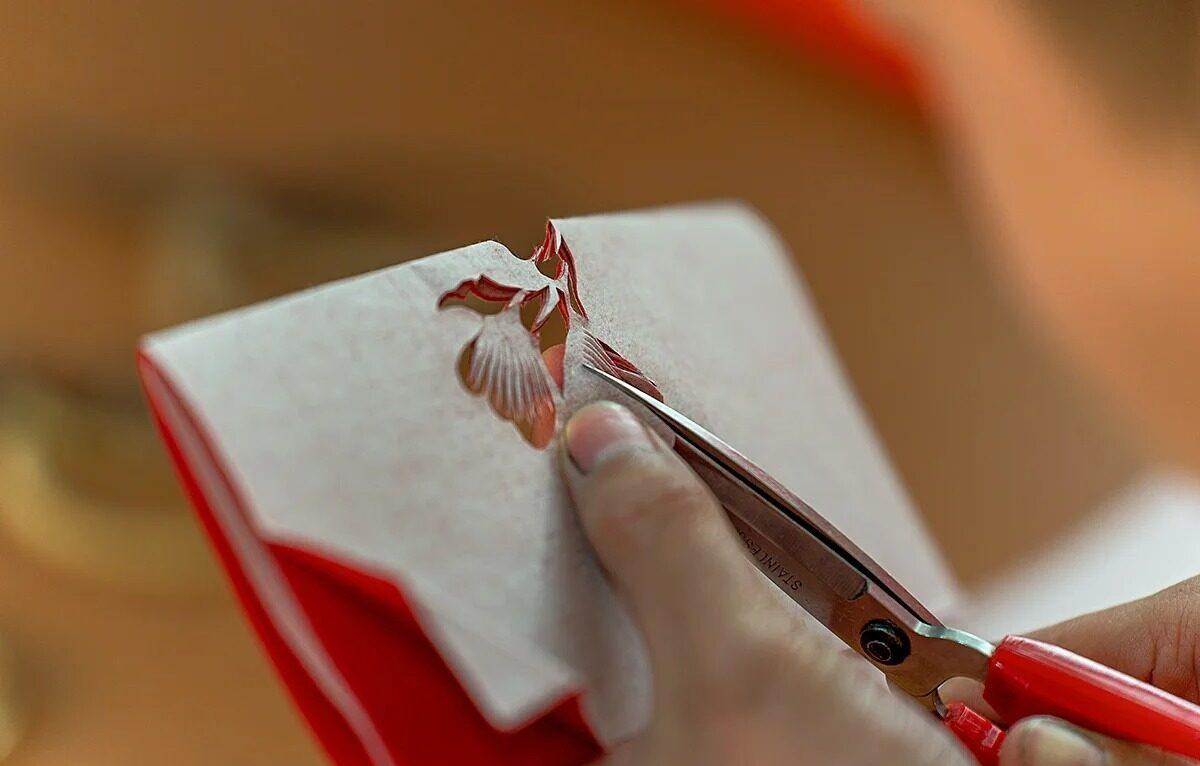
Techniques and Tools
Traditional Methods
- Symmetrical cutting: Folding paper before cutting to create mirror images
- Single-sided cutting: Crafting designs on a single layer of paper
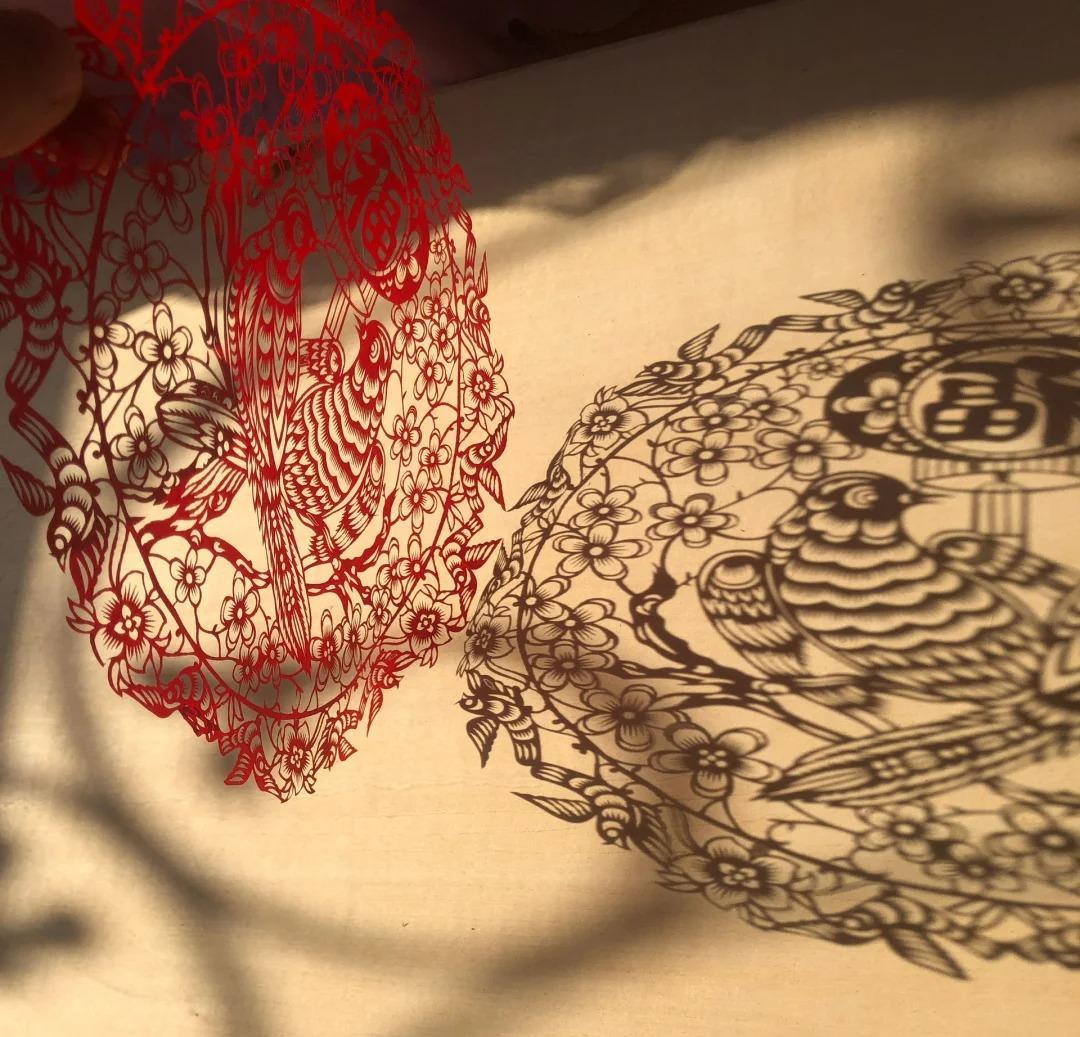
Essential Tools
- Scissors: For larger, less detailed cuts
- Knives: Typically used for intricate designs
- Paper: Ranging from delicate rice paper to sturdy red paper
| Tool | Use | Skill Level |
|---|---|---|
| Scissors | Large cuts, beginner designs | Beginner |
| Knives | Detailed work, professional designs | Advanced |
| Paper | Varies based on design and style | All levels |
Styles and Regional Variations
Chinese paper cutting boasts diverse regional styles, each with unique characteristics:
Northern Style
- Bold, exaggerated designs
- Often depicts rural life and folklore
Southern Style
- Delicate, intricate patterns
- Frequently features flowers and birds
Famous paper-cutting centers like Yuxian in Hebei and Ansai in Shaanxi have developed distinctive motifs that reflect local culture and traditions.
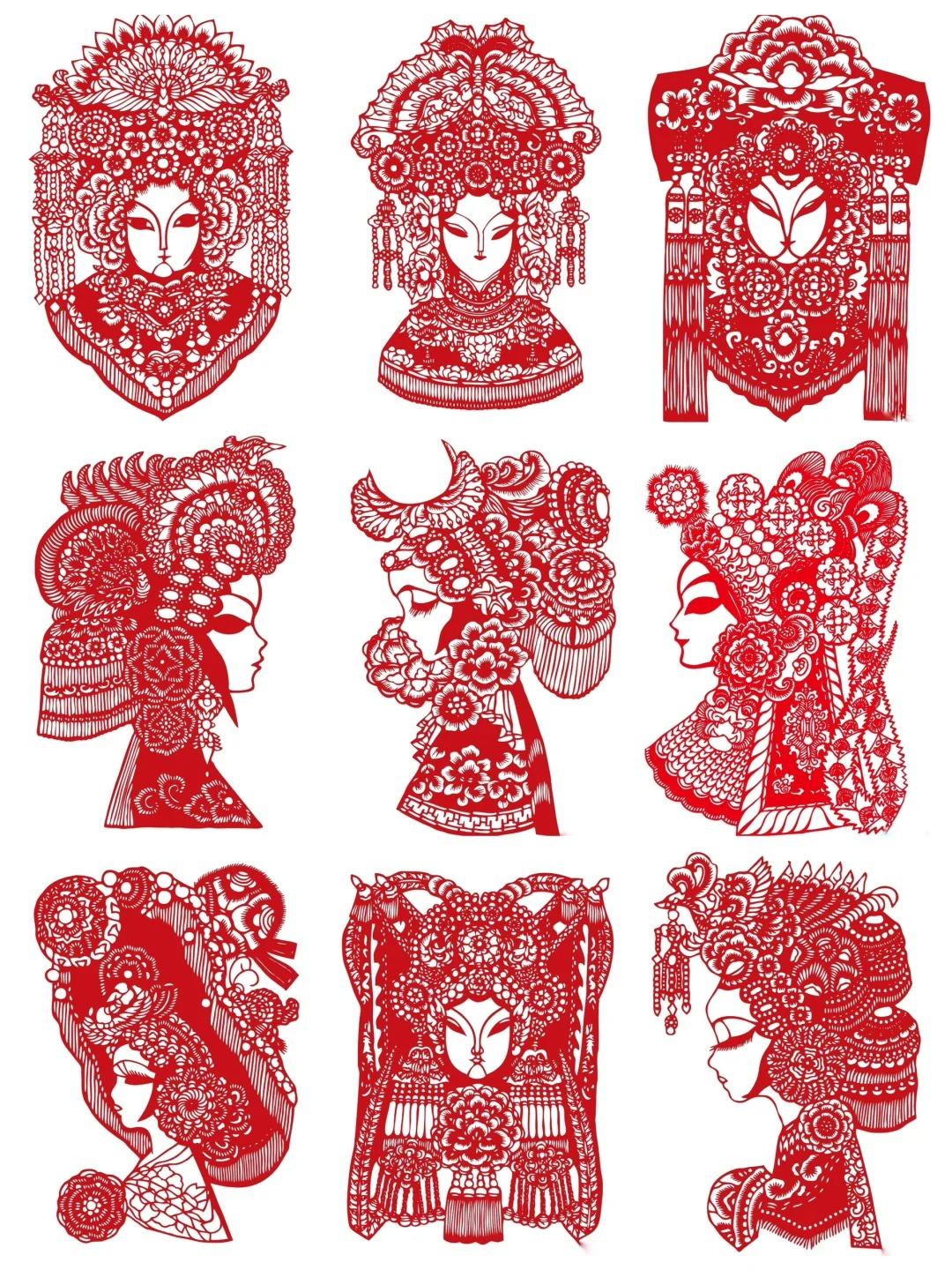
Symbolism and Themes
Paper cuttings are rich in symbolism, with common motifs including:
- Animals: Dragons (power), butterflies (love), fish (abundance)
- Flowers: Peonies (wealth), lotuses (purity), chrysanthemums (longevity)
- Characters: 福 (fú, happiness), 寿 (shòu, longevity)
Seasonal designs are popular, such as spring couplets for Chinese New Year or intricate snowflake patterns for winter celebrations.
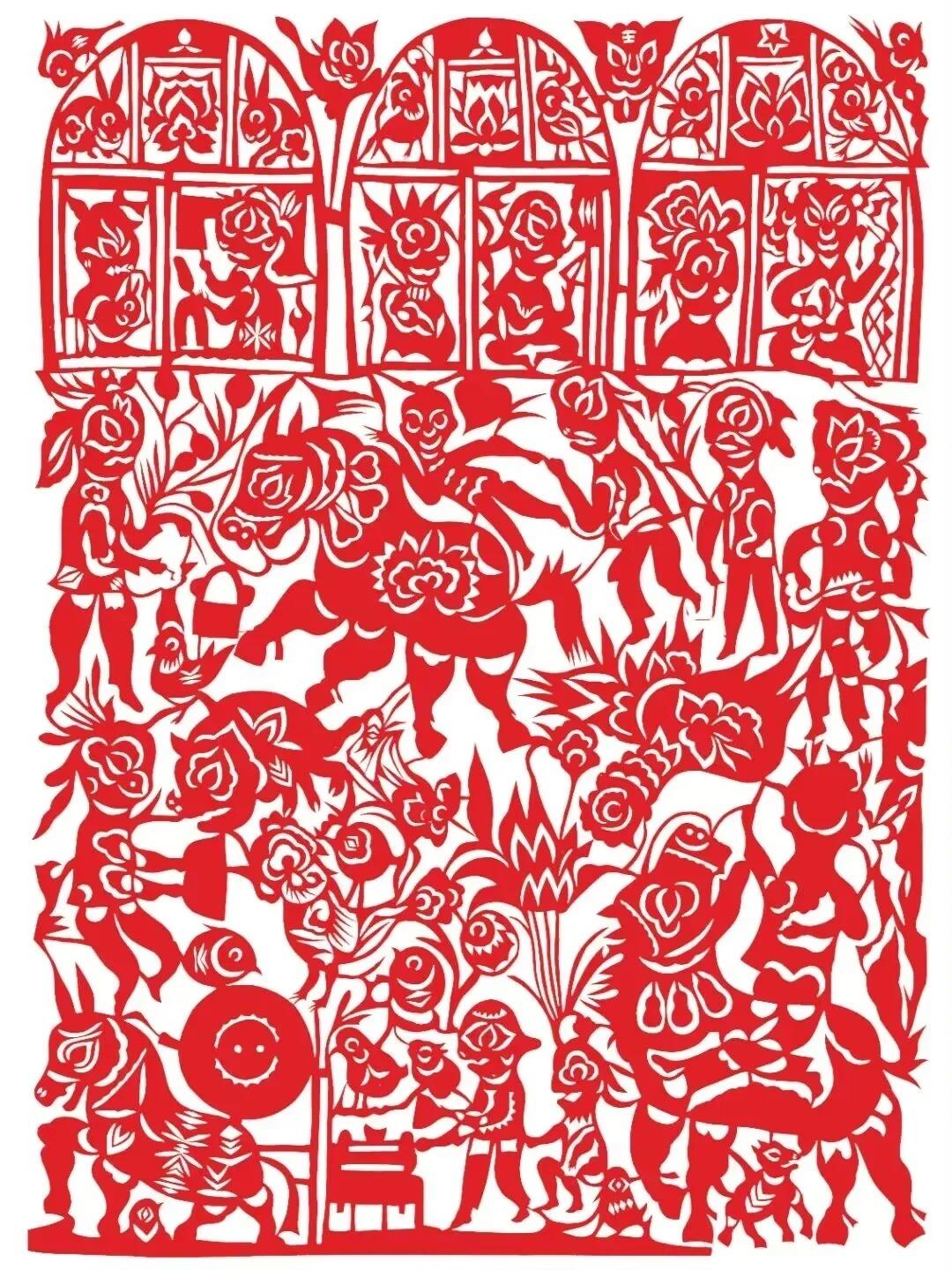
Applications in Chinese Culture
Paper cuttings play a vital role in Chinese festivities:
- Window Decorations: Intricate designs known as 窗花 (chuānghuā) adorn windows during holidays
- Wedding Ceremonies: Double Happiness (囍) paper cuttings symbolize marital bliss
- Festival Decorations: Lanterns and wall hangings feature paper-cut designs during events like the Mid-Autumn Festival
Chinese Paper Cutting in Modern Times
Contemporary artists are breathing new life into this ancient craft:
- Ai Weiwei: Incorporates paper cutting into provocative political art
- Bovey Lee: Fuses traditional techniques with digital design
Efforts to preserve the art form include government-sponsored workshops and inclusion in school curricula, ensuring its survival in the digital age.
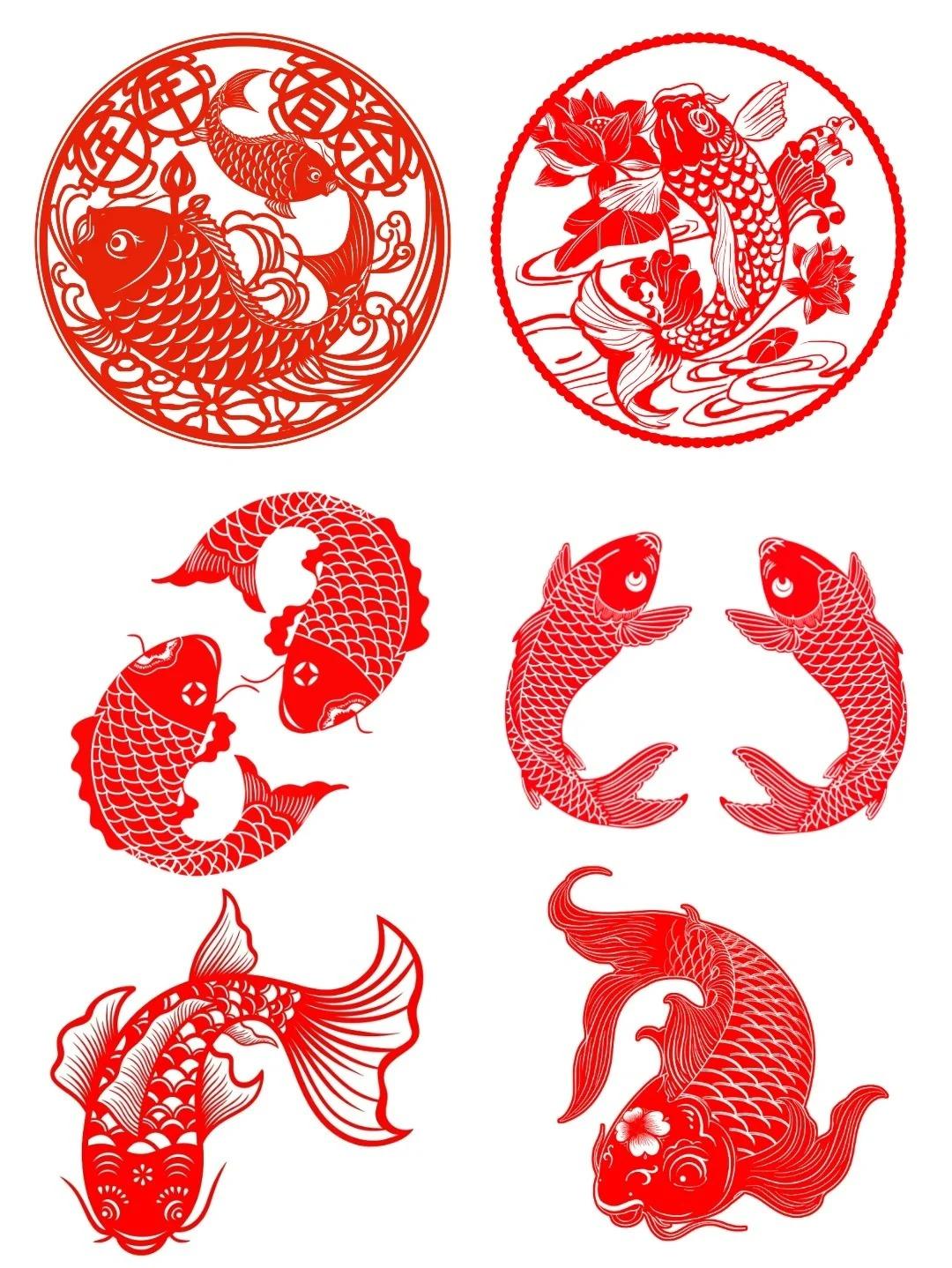
Traveler’s Guide to Chinese Paper Cutting
Must-Visit Exhibitions
- China Paper Cutting Museum, Yangzhou
- Yuxian Paper-cut Art Museum, Hebei
Workshops for Tourists
- The Hutong, Beijing: Offers introductory paper-cutting classes
- Yuxian Paper Cutting Village: Immersive experience with local artisans
Where to Buy Authentic Paper Cuttings
- Panjiayuan Antique Market, Beijing
- Tianzifang, Shanghai
Tips for Creating Your Own Paper Cuttings
- Start with simple symmetrical designs
- Use sharp, clean tools for precise cuts
- Practice patience – intricate designs take time to master
Incorporating Paper Cutting into Your China Itinerary
- Attend a local festival to see paper cuttings in cultural context
- Visit a rural village known for paper cutting to meet artisans
- Take a class to create your own unique souvenir
As you explore the world of Chinese paper cutting, imagine the gentle snip of scissors transforming a simple sheet into a work of art. Each cut reveals a story, a wish, or a piece of history. Whether you’re admiring a master’s work or creating your own design, you’re participating in a tradition that has shaped Chinese visual culture for centuries.
Remember, the beauty of paper cutting lies not just in the final product, but in the process itself – a meditation on patience, precision, and the power of negative space. As you hold a delicate paper cutting in your hands, you’re not just holding a piece of art, but a fragment of China’s cultural soul, as intricate and beautiful as the country itself.


